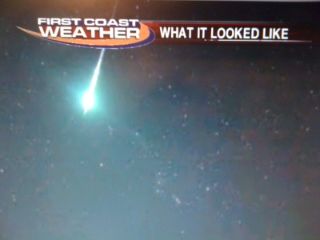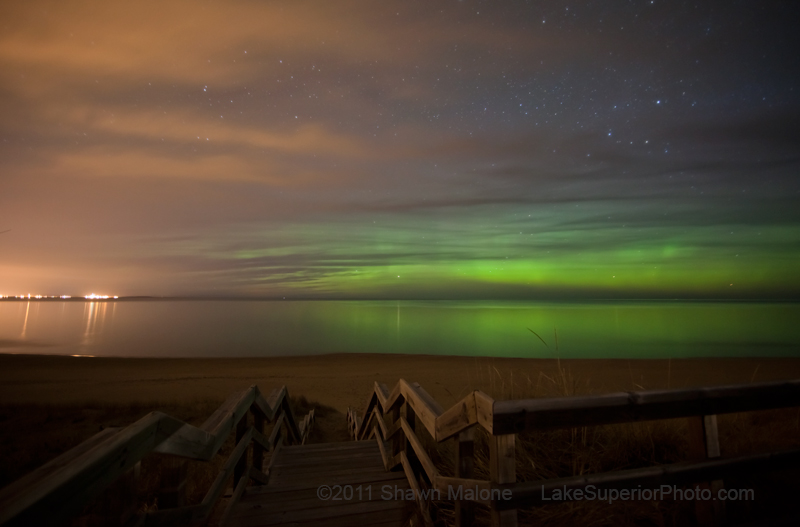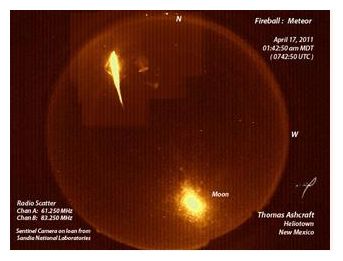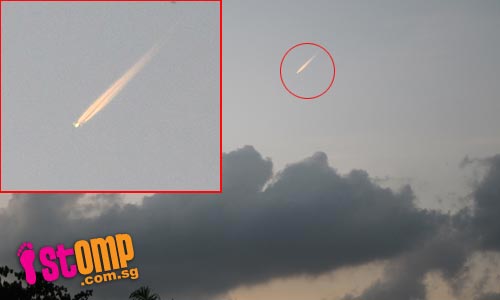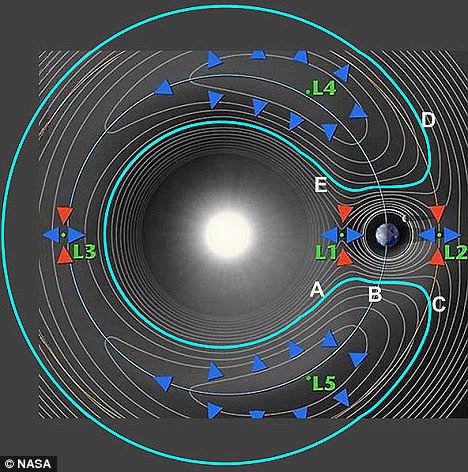
© Examnier / File illustrationThe green fireball - which may be a natural phenomena - has been spotted all across the U.S.
An Indiana couple driving along old Route 231 near McCutcheon High School in Lafayette, watched a "very bright green-ish, glowing ball falling towards the Earth," according to May 1, 2011, testimony from the Mutual UFO Network (MUFON) witness reporting database.
"It scared both of us very bad, but was also exciting," the reporting witness stated. "Instead on stopping and turning at our road to our neighborhood, we decided to keep going down the road to see if we could see it again because it went behind the treeline."
The couple did not see the object again.

